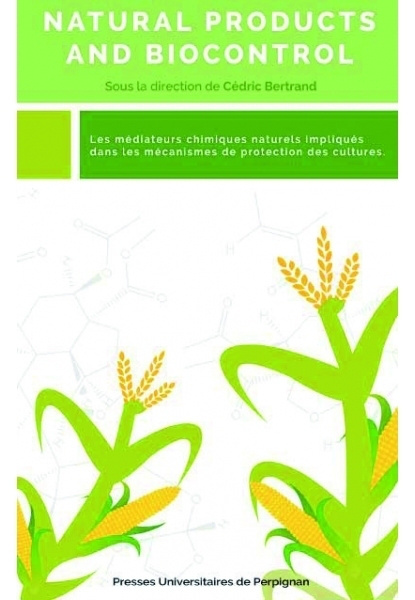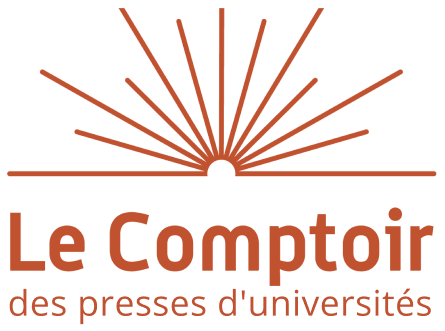
Natural products and biocontrol
les médiateurs chimiques naturels impliqués dans les mécanismes de protections des cultures
Cédric BERTRANDCollection
Hors collectionDate de publication
1er décembre 2014Résumé
L'ouvrage a pour objet de présenter les recherches réalisées sur les médiateurs chimiques impliqués dans les interactions entre la plante cultivée, le phytoagresseur et la solution de biocontrôle, dans le cadre de la protection des cultures. L'approche de ces mécanismes par l'étude des métabolites impliqués est originale et à notre connaissance n'est proposée dans aucun autre ouvrage. Après une introduction générale illustrée, des articles scientifiques sélectionnés à l'issu du congrès International "Natural Products & Biocontrol" de septembre 2012 seront proposés en anglais. Cet ouvrage propose une nouvelle classification des produits de biocontrôle et doit permettre au lecteur de comprendre leurs mode d'action et de connaitre les origines naturelles des produits actue ...
Lire la suite
FORMAT
Livre broché
18.00 €
Ajout au panier /
